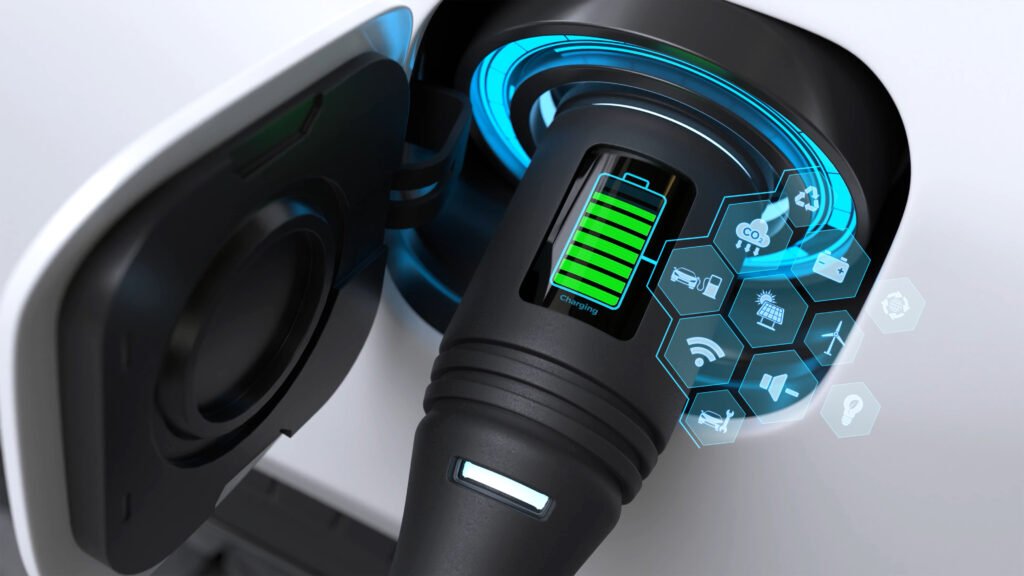The Tesla Cybercab is one of the most anticipated innovations in the electric vehicle (EV) and mobility space. As Tesla continues to push the boundaries of clean transportation, the Cybercab represents a leap toward autonomous ride-hailing powered entirely by electric technology. With a futuristic design, advanced self-driving capabilities, and integration into Tesla’s broader ecosystem, the Cybercab could revolutionize urban mobility.
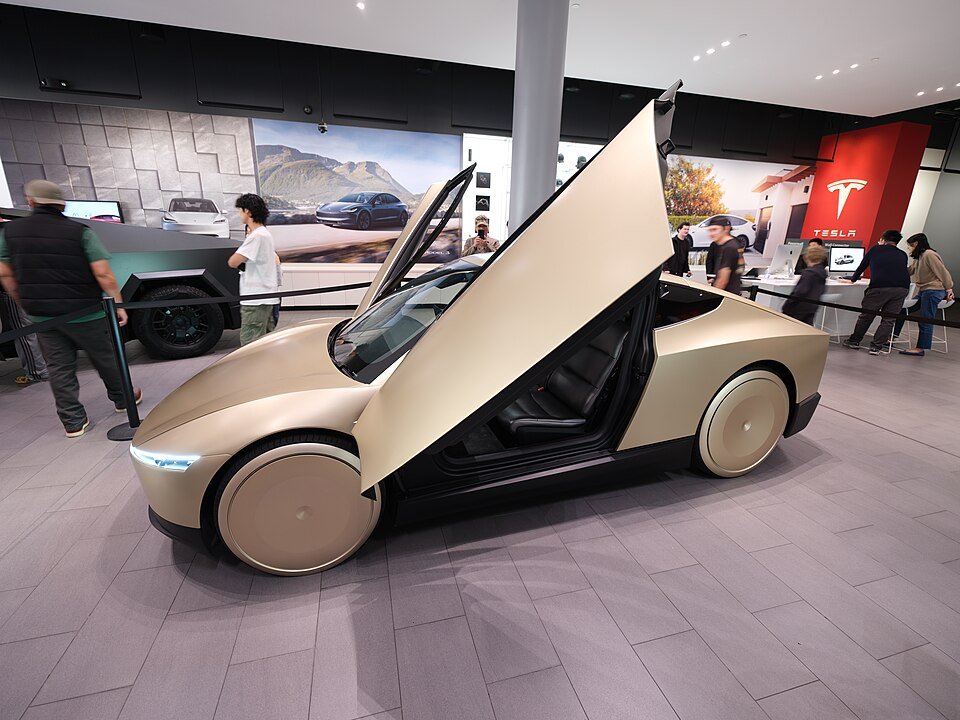
In this article, we’ll break down what the Tesla Cybercab is, explore its benefits, highlight its challenges, examine real-world applications, and predict what the future might hold for this game-changing innovation.
What is the Tesla Cybercab?
The Tesla Cybercab is an upcoming autonomous, all-electric ride-hailing vehicle announced as part of Tesla’s vision for a driverless future. It is expected to operate within Tesla’s Robotaxi network, allowing owners of self-driving-capable Teslas to rent out their vehicles or for Tesla to run its own dedicated fleet.
Key expected features of the Tesla Cybercab include:
- Full integration with Tesla’s Autopilot and Full Self-Driving (FSD) software.
- A futuristic, minimalist design inspired by the Cybertruck.
- Zero tailpipe emissions with a fully electric powertrain.
- Digital-first interior focused on passenger comfort rather than driving controls.
The Cybercab builds upon Tesla’s mission to accelerate the world’s transition to sustainable energy while addressing urban challenges such as traffic congestion and pollution.
For context, see the history of Tesla, Inc. and the concept of autonomous cars to better understand how the Cybercab fits into the bigger picture.
Key Benefits and Advantages
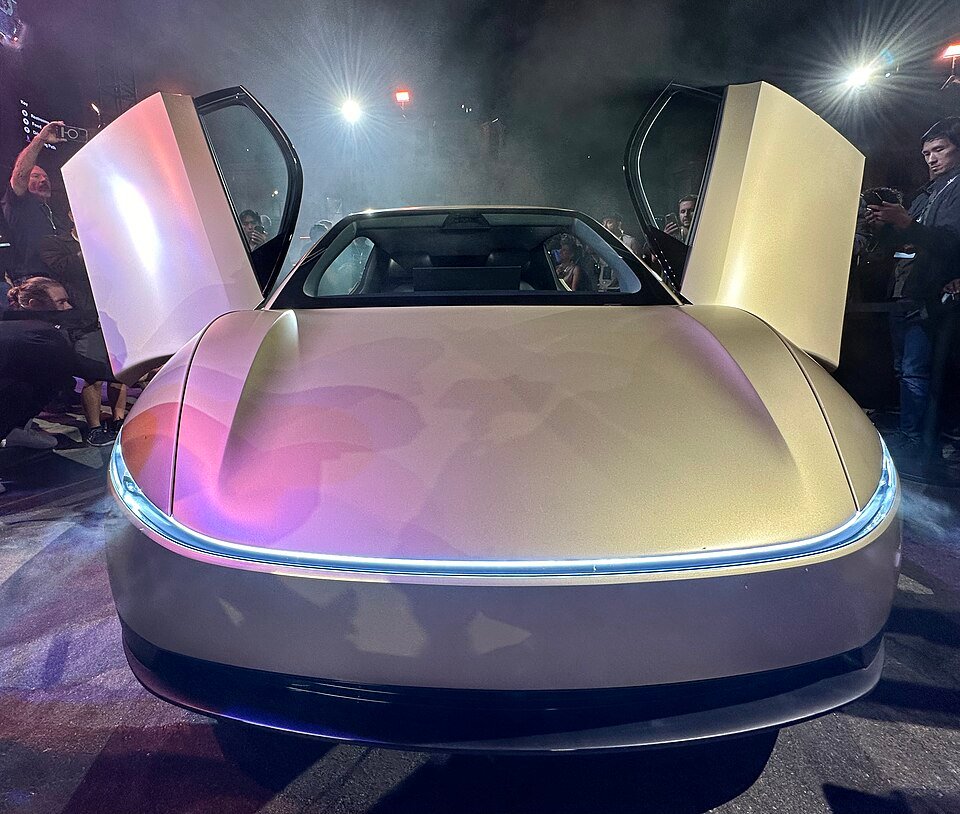
1. Environmental Sustainability
Being 100% electric, the Cybercab contributes to lower greenhouse gas emissions and reduces dependence on fossil fuels. Cities adopting electric ride-hailing fleets could drastically cut air pollution.
2. Cost-Effective Mobility
By eliminating the need for a human driver, Tesla projects that Cybercab rides could cost significantly less than traditional taxis or ride-hailing services. This could make urban transportation more affordable for everyday commuters.
3. Convenience and Accessibility
The Cybercab will be hailed via Tesla’s app, similar to Uber or Lyft, offering instant availability. For individuals who don’t own a car, it provides a seamless and on-demand mobility solution.
4. Advanced Safety Features
Tesla’s Full Self-Driving system is designed to minimize human error, which accounts for the majority of traffic accidents. The Cybercab could potentially set new safety standards for ride-hailing services.
5. Revenue Opportunities for Owners
Tesla owners with FSD-equipped vehicles could allow their cars to operate as Cybercabs when not in personal use. This creates an opportunity for passive income while the car essentially pays for itself.
Challenges and Limitations
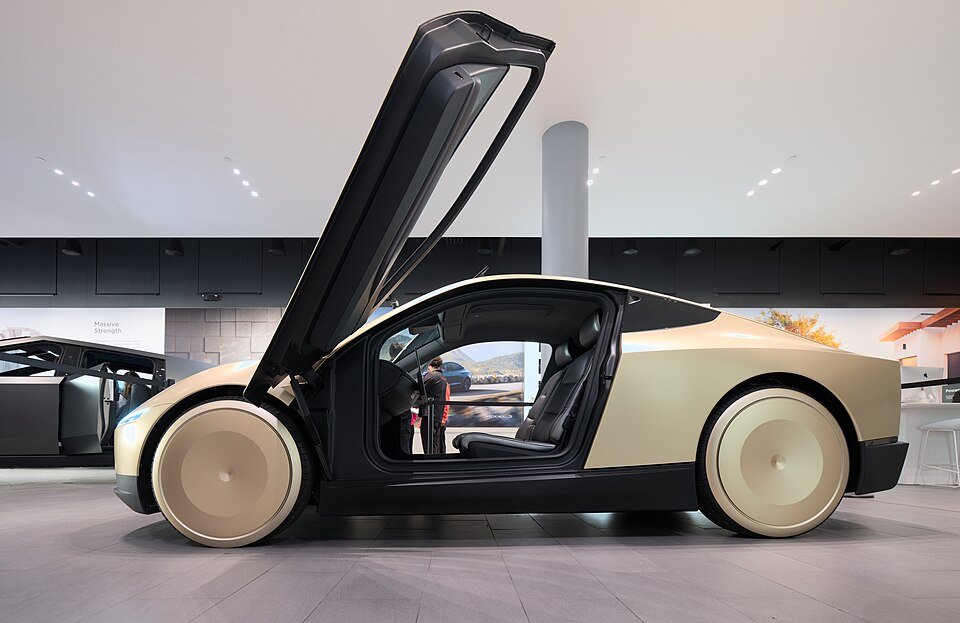
1. Regulatory Barriers
Autonomous vehicles are subject to strict regulations that vary across countries and states. Widespread adoption of the Tesla Cybercab depends heavily on policymakers.
2. Technology Reliability
Although Tesla’s Autopilot and FSD have made progress, they are still under development. Widespread confidence in a driverless taxi service will require flawless performance in complex traffic environments.
3. Public Perception and Trust
For many passengers, stepping into a car without a driver will feel unfamiliar, if not unsettling. Building trust will be a gradual process.
4. Infrastructure Demands
Cities will need to adapt by investing in EV charging stations, dedicated pickup/drop-off zones, and 5G connectivity to support autonomous fleets.
5. Competition from Rivals
Tesla faces competition from other companies developing autonomous taxis, such as Waymo, Cruise, and traditional automakers entering the EV ride-hailing market.
Real-World Examples and Case Studies
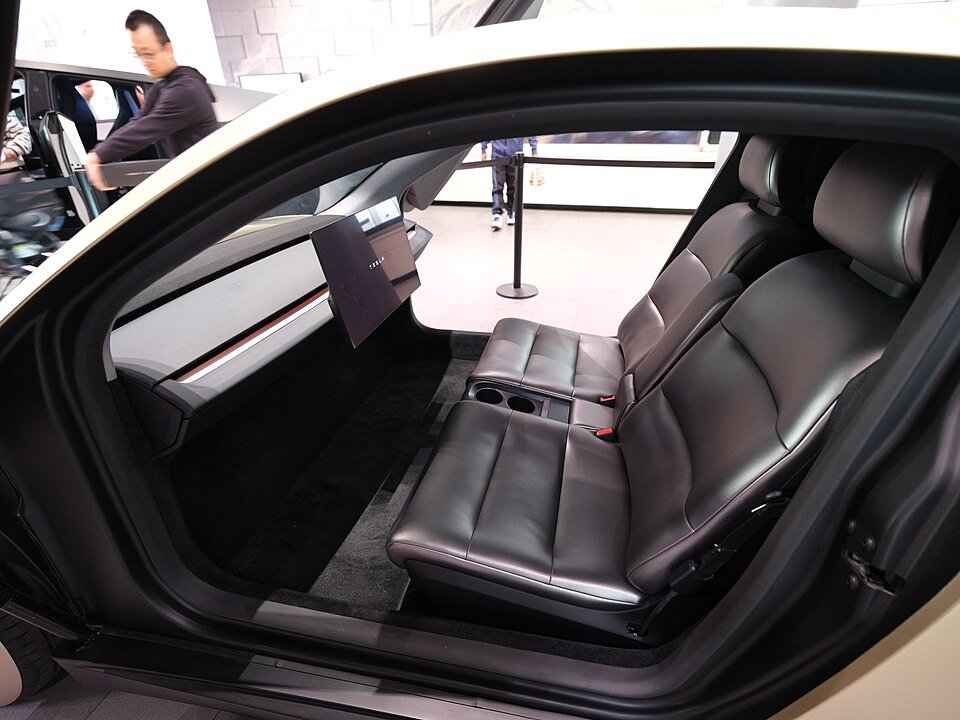
While the Tesla Cybercab is not yet operational, comparable projects offer insight into its potential.
- Waymo, a subsidiary of Alphabet, has already launched a commercial driverless taxi service in Phoenix, Arizona. This provides a working example of how autonomous ride-hailing can function at scale.
- Tesla owners in the future could rent out their cars when idle. Imagine a Tesla Model 3 owner in San Francisco generating daily income as their car autonomously ferries passengers around the city.
- Cities like Oslo, Norway, have demonstrated how electric fleets can reduce emissions. A Tesla Cybercab fleet in such cities would align perfectly with sustainability goals.
These examples showcase both the opportunities and challenges the Cybercab may face as it transitions from concept to reality.
Future Trends and Predictions
1. Expansion of the Robotaxi Network
Tesla envisions millions of Cybercabs operating worldwide, creating a shared mobility network where personal car ownership becomes optional.
2. Integration with Smart Cities
The Cybercab could work hand-in-hand with smart traffic systems, AI-driven city planning, and renewable energy grids to create cleaner, more efficient cities.
3. AI and Machine Learning Improvements
As Tesla collects more real-world driving data, its AI will continuously improve. This could lead to nearly flawless navigation and safer passenger experiences.
4. Economic Shifts in Transportation
Ride-hailing drivers could be displaced as autonomous fleets expand, reshaping the labor market. At the same time, Cybercabs may offer new income models for vehicle owners.
5. Potential Global Adoption
Emerging economies may skip traditional ride-hailing models altogether, embracing autonomous EV fleets as a leapfrog technology.
FAQ: Tesla Cybercab
What is the Tesla Cybercab?
The Tesla Cybercab is an upcoming autonomous, all-electric ride-hailing vehicle designed to operate within Tesla’s Robotaxi network.
When will the Tesla Cybercab be available?
Tesla has not provided an official launch date, but industry analysts expect it could roll out later this decade, depending on regulatory approvals.
How much will a Tesla Cybercab ride cost?
Tesla claims Cybercab rides could be cheaper than traditional ride-hailing services due to the absence of driver wages, though exact pricing has not been revealed.
Is the Tesla Cybercab safe?
The Cybercab is expected to use Tesla’s Full Self-Driving system with advanced safety features. However, safety will depend on rigorous testing and regulatory approval.
Can Tesla owners participate in the Cybercab network?
Yes, Tesla plans to allow owners with Full Self-Driving-enabled vehicles to rent them out as Cybercabs when not in personal use, creating income opportunities.
Conclusion
The Tesla Cybercab could mark a turning point in the way we think about mobility, sustainability, and urban design. By combining electric power, autonomous technology, and ride-hailing convenience, it promises to reshape transportation as we know it.
However, significant hurdles—such as regulatory approval, technological reliability, and public trust—remain before the Cybercab becomes a mainstream reality. Whether you’re an EV enthusiast, a tech follower, or a commuter seeking affordable rides, the Cybercab represents the next step in Tesla’s mission to redefine mobility.
The future of transportation may not just be electric—it may be autonomous, shared, and available at the tap of an app.





